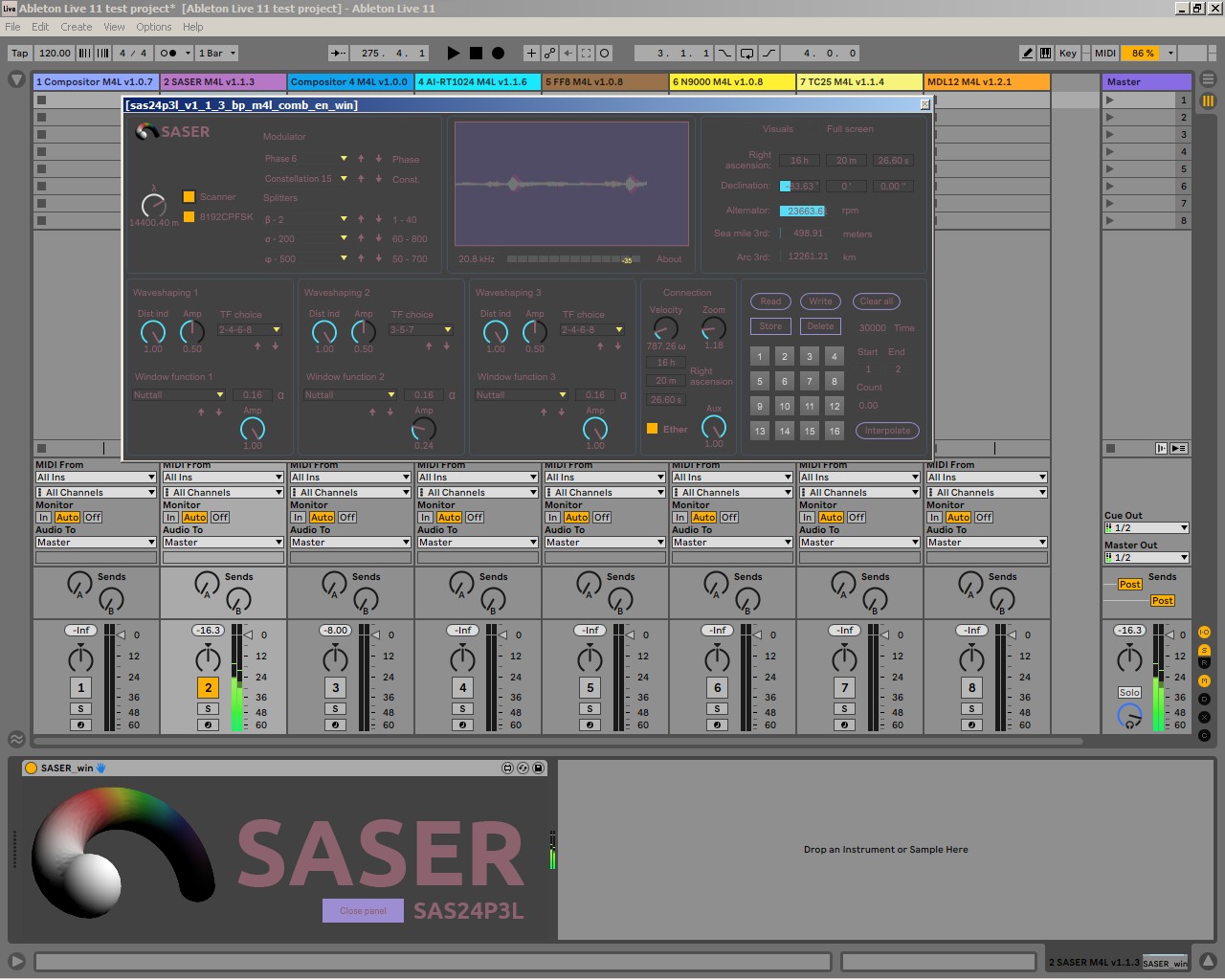Ableton Live 11 support Ableton Live 11 supported by mostly all Compositor Software products. On the image below, you can see the chart of all Web Shop products supported by Ableton Live 11.0 initial version. Even MDL12 v1.2.1 with feedback suppression works as a charm. Ping locates servers, multiplier changes, resynthesis happens, infinite closed-loop works. Compositor Max for Live on…
